What Is Self Compact Concrete | What Is Slump Flow Test | Equipment for Slump Flow Test | Procedure of Slump Flow Test
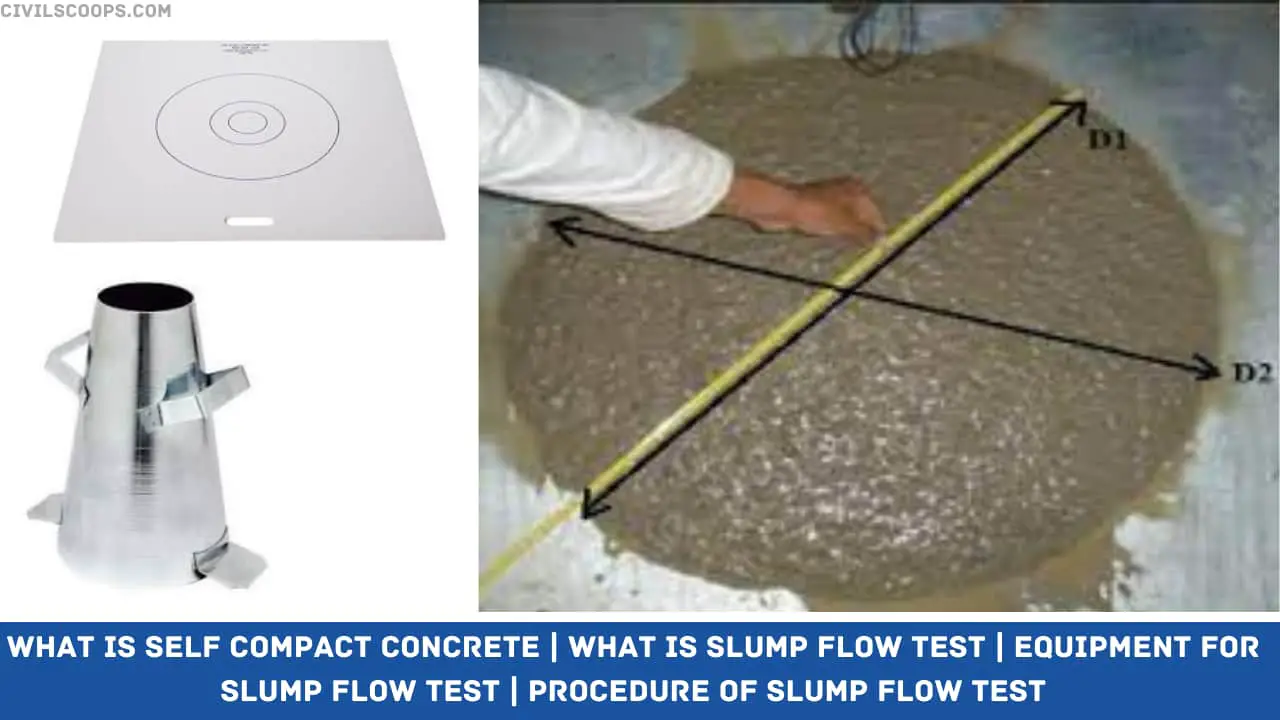
Table of Contents
What Is Self Compact Concrete?
Making concrete structures without vibration has been done in the past. For example, the placement of concrete under-water is done by the use of tremie without vibration. Shaft concrete and mass concrete may be successfully placed without vibration.
But the above examples of concrete are normally of lower strength and difficult to obtain consistent quality. Modern application of SCC (self-compacting concrete) is focussed on high performance, better and more reliable, and uniform quality.
List of Test Methods for Workability Properties of Self Compacting Concrete (SCC).
- Slump flow by Abrams cone.
- T50 cm Slump flow
- J-ring
- V-funnel
- V-funnel at T5 minutes
- L-box
- U-box
- Fill-box
- GTM Screen Stability Test
- Ouimet
In this article, we are discussion & Procedure Slump Flow Test
What Is Slump Flow Test?
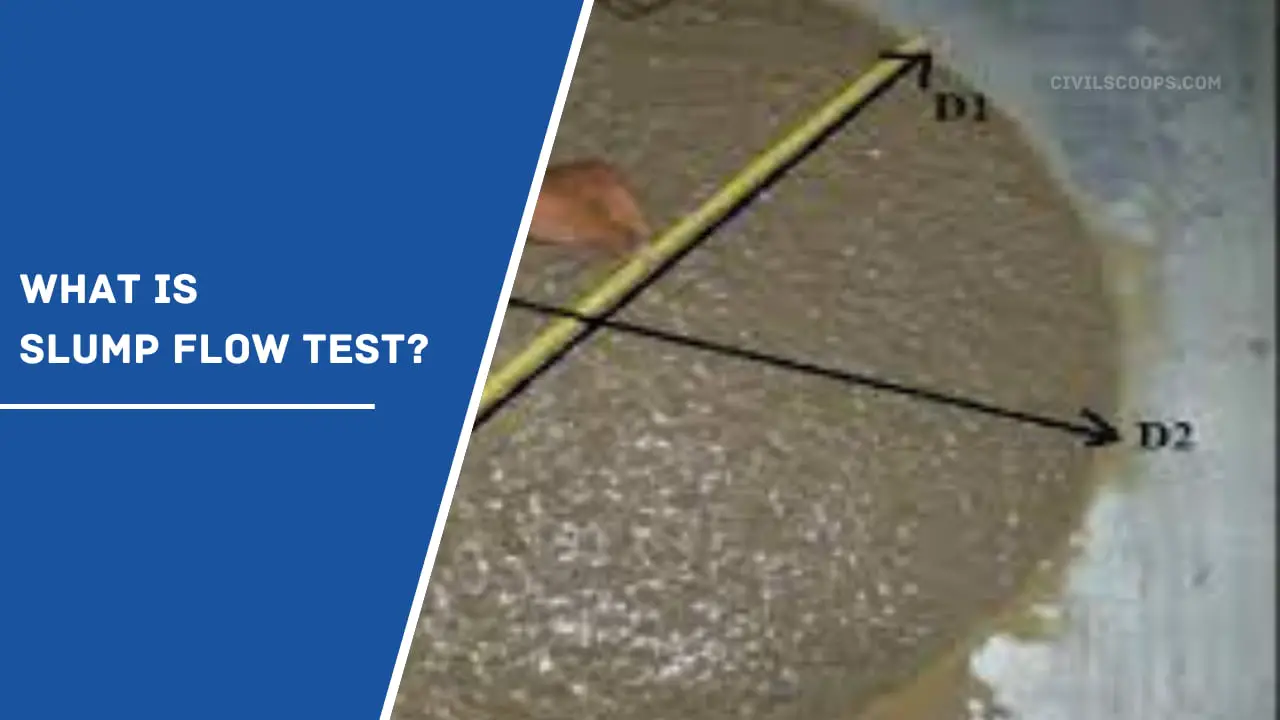
The slump flow test is done to assess horizontal flow of concrete at the absence of obstructions. It is the most commonly used test and gives a good assessment of filling ability. It may be used at the site. The test also indicates the resistance to segregation.
Equipment for Slump Flow Test
- Slump Cone

The usual slump cone having a base diameter of 200 mm, top dia. 100mm, and height 300mm are used.
- Base Plate For Slump Flow test
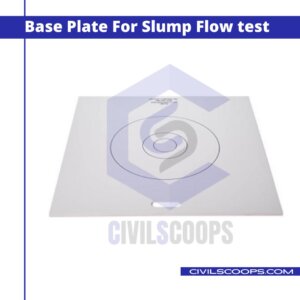
A stiff base plate square in shape is having at least a 700 mm side. Concentric circles are marked around the center point where the slump cone is to place. A firm circle is drawn at 500 mm diameter
- A trowel
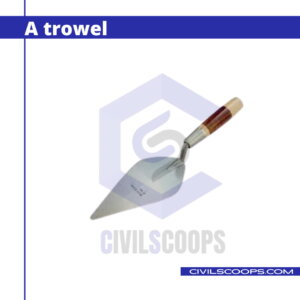
This tool is used to place cement mortar.
- Scoop
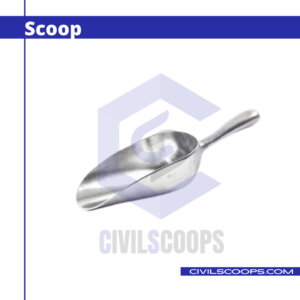
This use in QC department for the material.
- Measuring tape
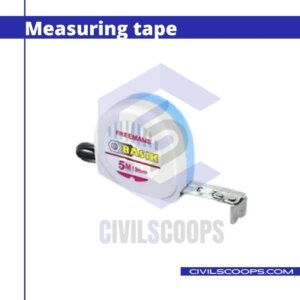
To measure the length.
- Stopwatch
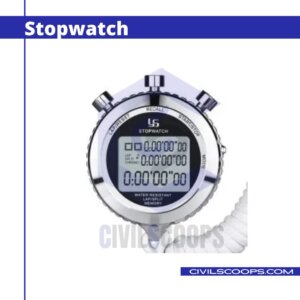
Use for time record
Procedure of Slump Flow Test
- About 6 liters of concrete is needed for this test.
- Place the baseplate on level ground.
- Keep the slump cone centrally on the base plate.
- Fill the cone with the scoop.
- Do not tamp.
- Simply strike off the concrete level with the trowel.
- Remove the surplus concrete lying on-base place.
- Raise the cone vertically and allow the concrete to flow freely.
- Measure the final diameter of the concrete in two perpendicular directions and calculate the average of the two diameters.
- This is the slump flow in mm.
- Note that there is no water or cement paste or mortar without coarse aggregate is seen at the edge of the spread concrete.
Calculations of Slump Flow Test
- Largest diameter of slump flow (dm) = _______ mm
- Diameter perpendicular to largest diameter (dr) = _______ mm
- Slump flow = (dm+dr) /1
- Results of Slump Flow Test
- The slump flow of Self compacting concrete is _______ mm
- Interpretation of Slump Flow Test
- The higher the flow value, the greater its ability to fill formwork under its own weight.
- A value of at least 650 mm is required for SCC (Self Compact Concrete).
- In case of severe segregation, most coarse aggregate will remain in the center of the pool of concrete and mortar and paste at the periphery of concrete.
T50 Slump Flow Test
- The procedure for this test is same as for slump flow test. When the slump cone is lifted, start the stopwatch and find the time taken for the concrete to reach a 500 mm mark.
- This time is called T50 time.
- This is an indication of the rate of spread of concrete.
- A lower time indicates greater flowability.
- It is suggested that T50 time may be 2 to 5 secs.
[su_box title=”FAQ” style=”default” box_color=”#333333″ title_color=”#FFFFFF” radius=”3″ class=”” id=””]
Slump Flow Test Results
The slump flow test is done to assess horizontal flow of concrete at the absence of obstructions. It is the most commonly used test and gives a good assessment of filling ability. It may be used at the site. The test also indicates the resistance to segregation.
Slump Flow Test Vs Slump Test
A separate test, known as the flow table, or slump-flow, test, is used for concrete that is too fluid (non-workable) to be measured using the standard slump test, because the concrete will not retain its shape when the cone is removed.
Slump Flow Test Range
The slump flow test, using the traditional slump cone, is the most common field test and is in the process of being standardized by ASTM. The slump cone is completely filled without consolidation, the cone lifted, and the spread of the concrete measured. The spread can range from 18 to 32 inches (455 to 810 mm).
Slump Flow Test Apparatus
Base plate of a stiff non-absorbing material, at least 700mm square, marked with a circle marking the central location for the slump cone, and a further concentric circle of 500mm diameter. Trowel. Scoop. Ruler.
Concrete Flow Test
The flow test is performed to measure workability of concrete. As name suggests, in this test the workability of concrete is measured by examining the flowing property of concrete. The flow test is a simple laboratory test.
Slump Flow Test Procedure
Fill the cone with the scoop. Do not tamp, simply strike off the concrete level with the top of the cone with the trowel. Remove any surplus concrete from around the base of the cone. Raise the cone vertically and allow the concrete to flow out freely.
Slump Flow Test Concrete
The slump flow test is used assess the horizontal free flow of self compacting concrete in the absence of obstructions. It was first developed in Japan for use in assessment of underwater concrete. The test method is based on the test method for determining the slump.
[/su_box]
[su_note note_color=”#F2F2F2 ” text_color=”#333333″ radius=”3″ class=”” id=””]
Like this post? Share it with your friends!
Suggested Read –
- What Is Clay Product | Types of Clay Product
- Requirements of Good DPC | Prevention of Dampness | Methods of Damp proofing
- What Is Drip Irrigation | Drip Irrigation Advantages | Types of Irrigation | Drip Irrigation System
- Tests on Stones | Crushing Strength Test, Water Absorption Test, Abrasion Test, Impact Test, Acid Test
- 21 Difference Between Gypsum Plaster and Cement Plaster | What Is Gypsum Plaster | What Is Cement Plaster
[/su_note]
Originally posted 2022-07-10 06:46:52.
